Medical injection molds play a vital role in the healthcare industry, allowing the mass production of precise and safe components for medical devices and pharmaceutical packaging. Over the years, the development of medical injection mold technology has evolved to meet the increasing demand for high-quality, reliable, and efficient manufacturing processes.

1. Early Stages and Basic Designs
Summary: Initial medical injection molds were simple and focused on fundamental functionality.
Design simplicity: Early molds featured basic cavity structures for standard medical components.
Materials used: Mostly thermoplastics suitable for basic syringes and tubing.
Manual operation: Machines were less automated, requiring manual adjustments for production.
Expanding on these points, the early medical injection molds focused primarily on producing simple medical parts with consistent quality. Basic thermoplastic materials were widely used due to their ease of molding and compatibility with sterilization methods. The production process required careful attention from operators to maintain precision and avoid defects. Although these molds had limited complexity, they set the foundation for future advancements in medical manufacturing by providing the healthcare industry with reliable and repeatable components.
2. Introduction of Precision Engineering
Summary: Modernization brought higher accuracy and consistency to medical injection molds.
Advanced cavity design: Allows for more detailed and complex medical components.
Computer-aided design (CAD): Improved mold design accuracy and simulation.
Automation integration: Reduces manual intervention, increasing production efficiency.
Expanding on these points, the integration of precision engineering into medical injection molds marked a significant step in their development. Advanced cavity designs enabled manufacturers to produce intricate parts such as syringe plungers, vial caps, and specialized tubing components with high accuracy. CAD technology allowed engineers to simulate mold performance, optimize flow paths, and predict potential defects before production. Automation further enhanced productivity by reducing human error and allowing for consistent, high-quality outputs. This phase of development made medical injection molds more reliable for critical healthcare applications.
3. Material Innovation and Sterilization Compatibility
Summary: Development of new materials improved safety and broadened medical applications.
High-performance plastics: Polymers resistant to heat, chemicals, and sterilization methods.
Biocompatible materials: Safe for contact with drugs, tissues, and bodily fluids.
Enhanced durability: Materials maintain structural integrity over repeated use and sterilization cycles.
Expanding on these points, the development of medical injection molds has been closely linked to innovations in materials. High-performance thermoplastics and biocompatible polymers expanded the range of medical applications, ensuring that parts could withstand sterilization processes such as autoclaving or chemical treatments. Durable materials also minimized the risk of defects during production and maintained the precision of components over time. These advancements allowed medical injection molds to produce safer, more reliable components for a variety of healthcare devices, including syringes, infusion systems, and diagnostic tools.
4. Smart Manufacturing and Industry 4.0 Integration
Summary: Recent developments focus on digital integration and optimized production.
IoT-enabled machinery: Real-time monitoring and data collection for quality control.
Predictive maintenance: Reduces downtime and prolongs mold life.
Flexible production lines: Allows rapid adaptation for new products and custom components.
Expanding on these points, the latest phase in medical injection mold development emphasizes smart manufacturing and Industry 4.0 integration. IoT-enabled machines provide real-time data on temperature, pressure, and cycle times, allowing operators to maintain ideal conditions and ensure high-quality outputs. Predictive maintenance reduces the risk of unexpected downtime, keeping production lines efficient and consistent. Flexible production lines also enable manufacturers to quickly adjust to new product designs or regulatory requirements, ensuring that medical injection molds remain versatile and responsive to the evolving healthcare industry.

 English
English 中文简体
中文简体 русский
русский
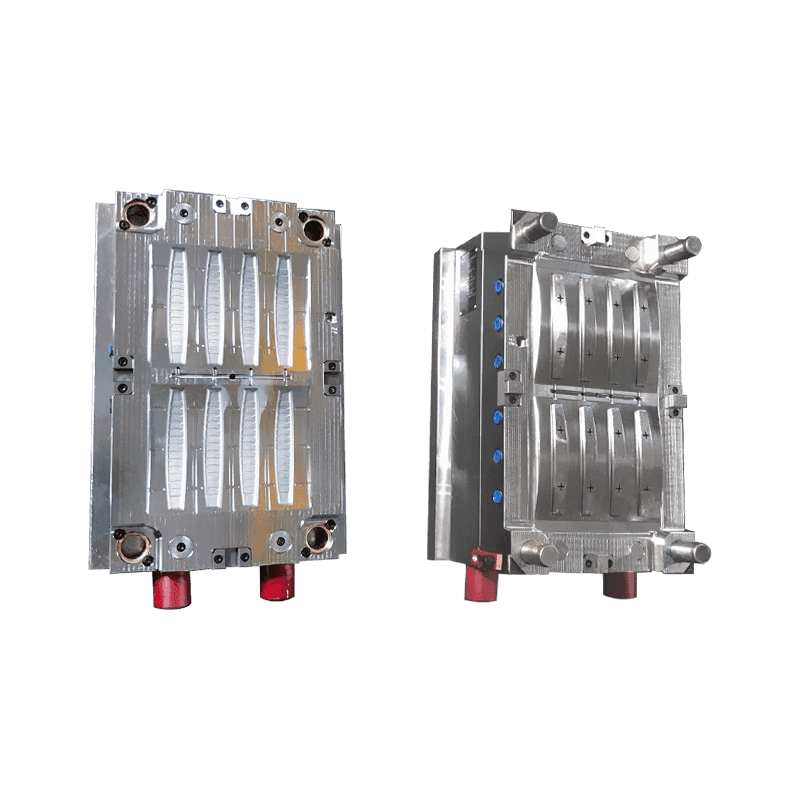
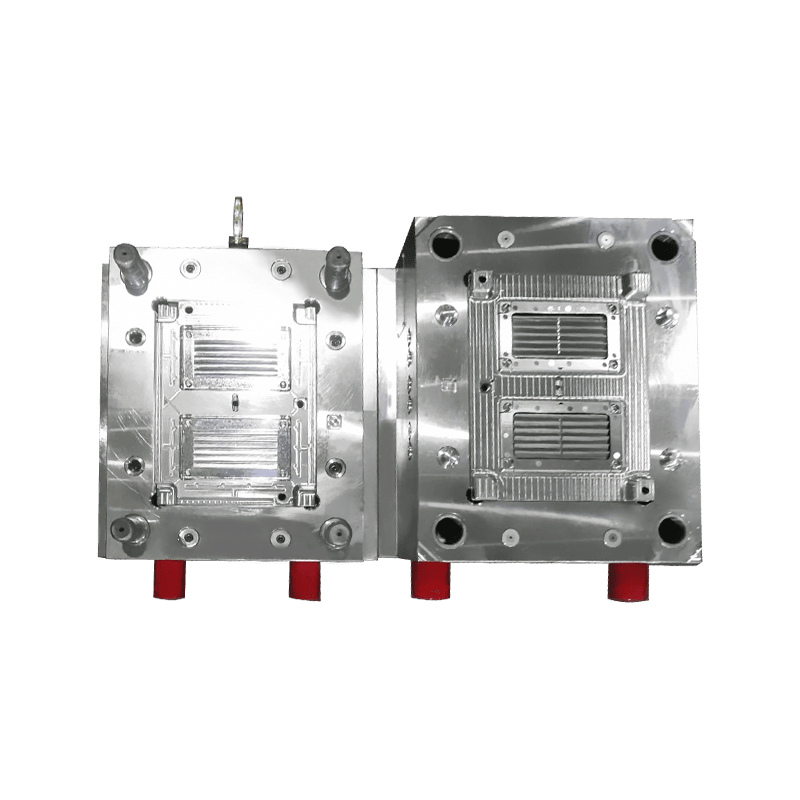
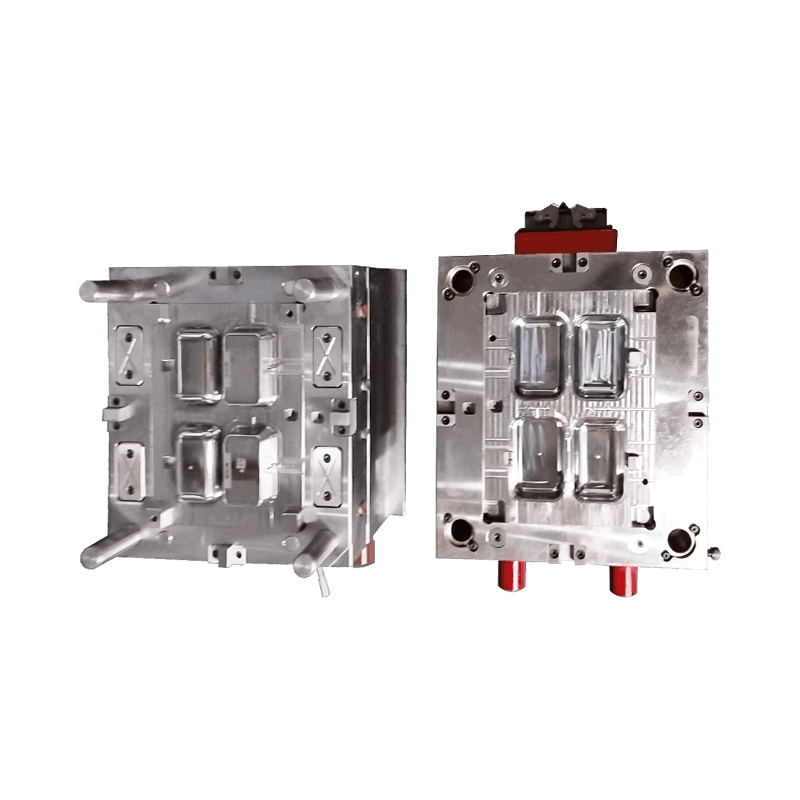
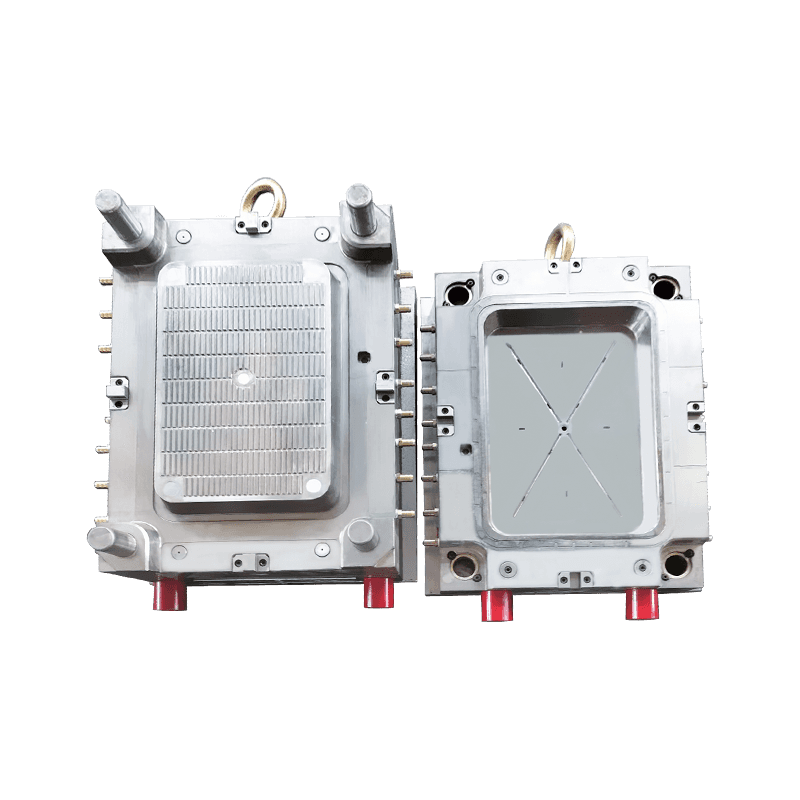
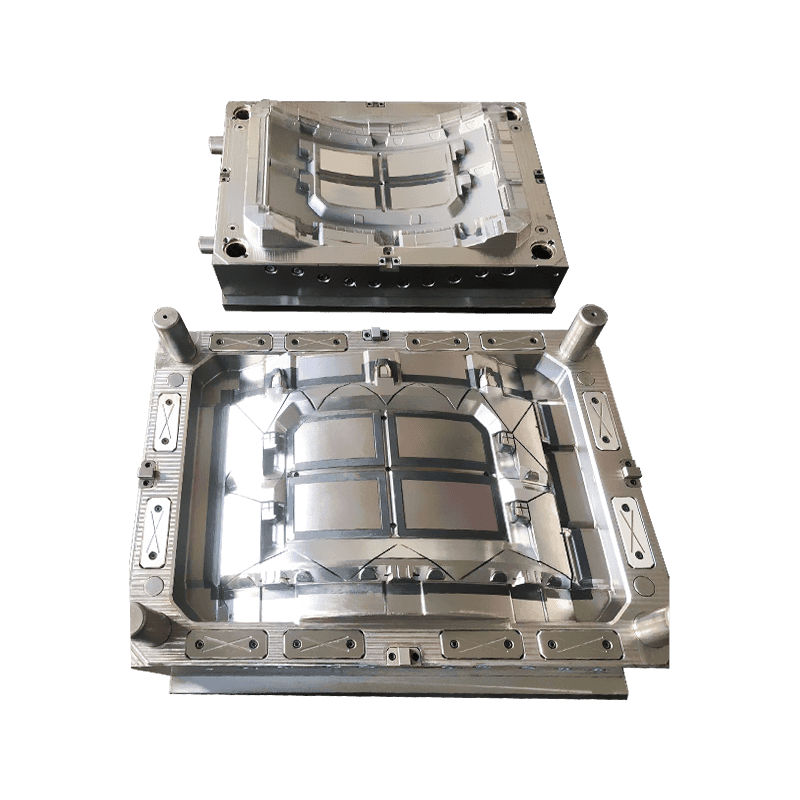
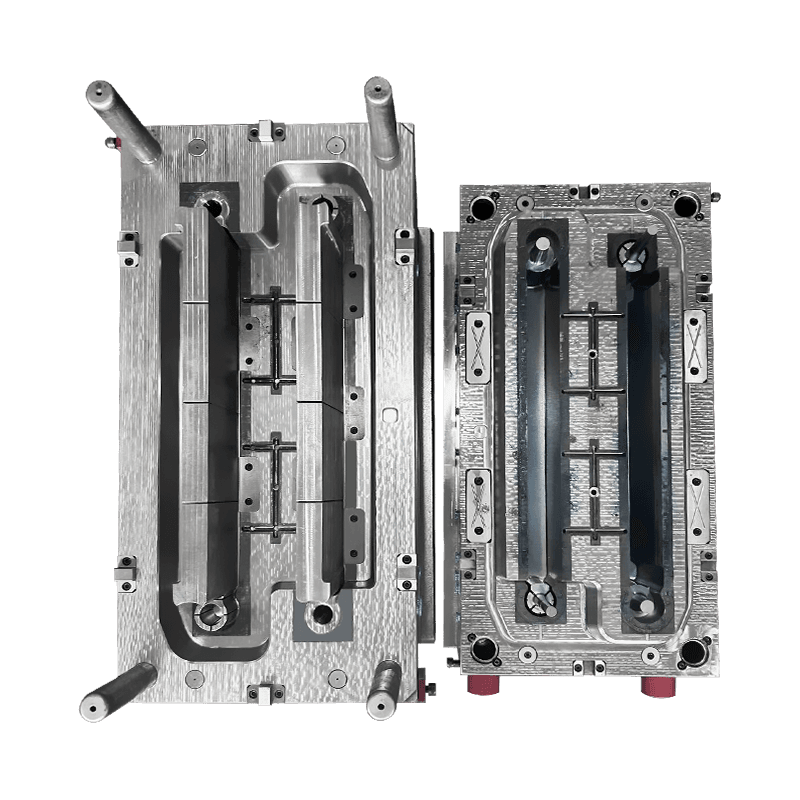
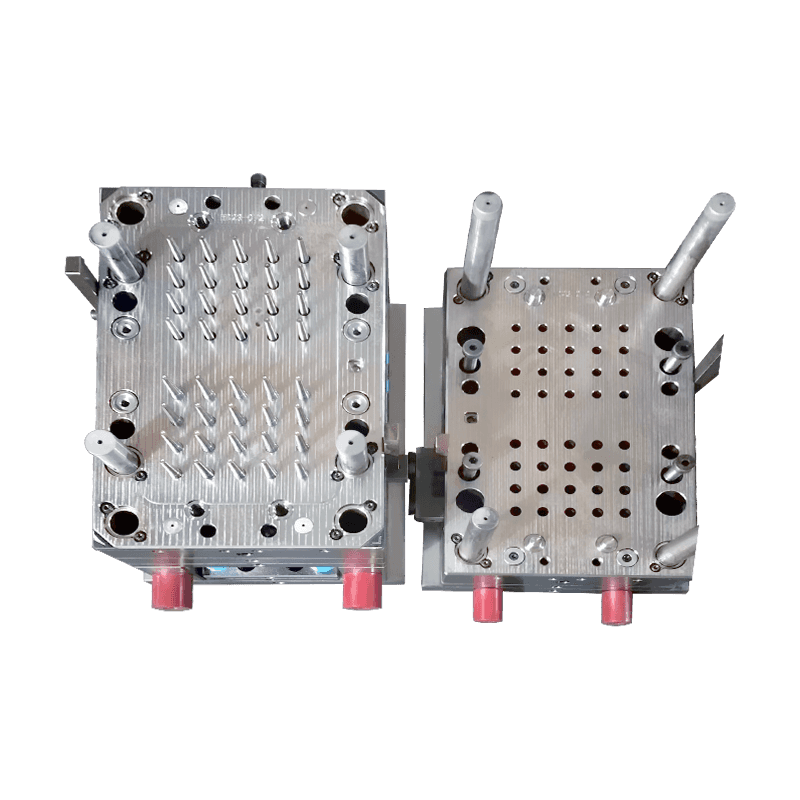
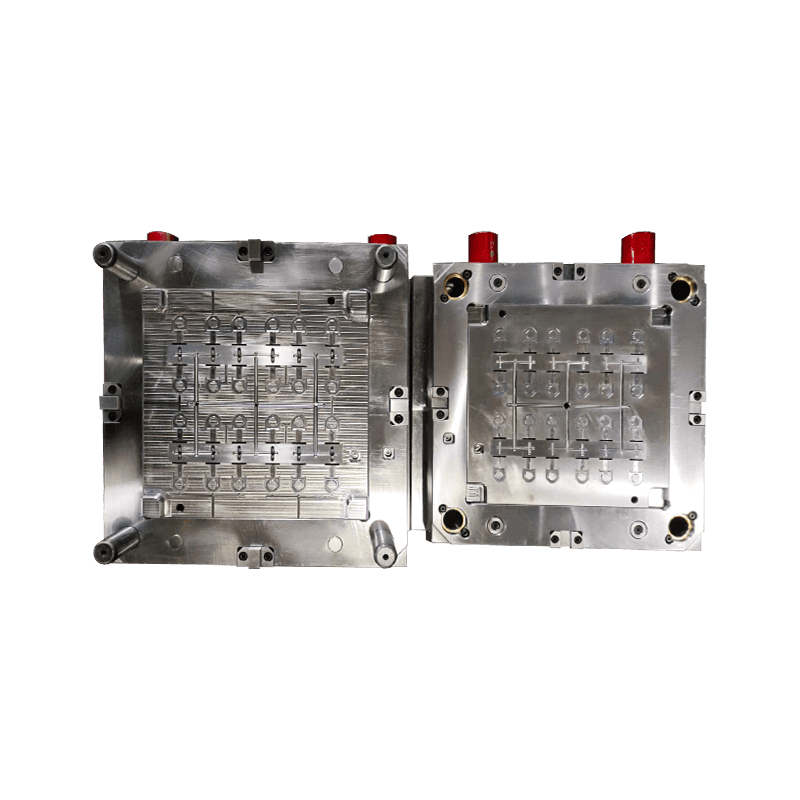
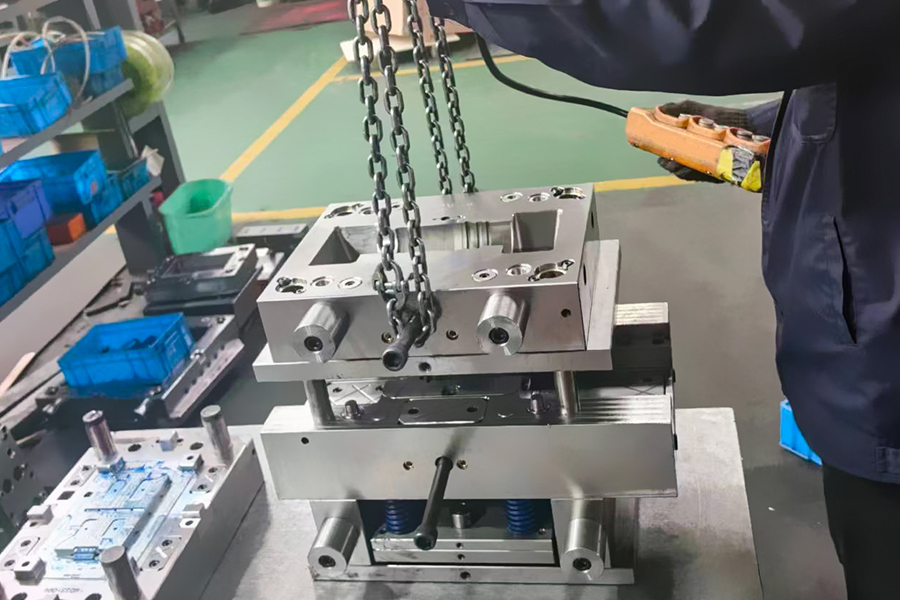
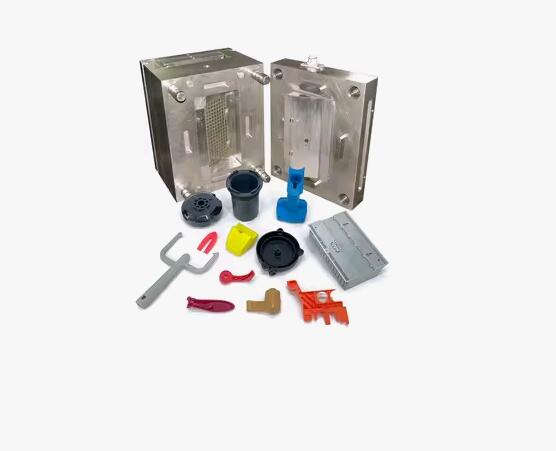
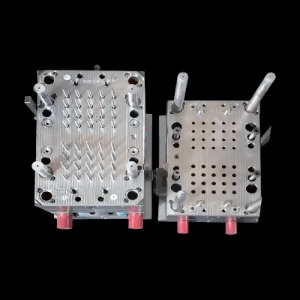

Contact Us